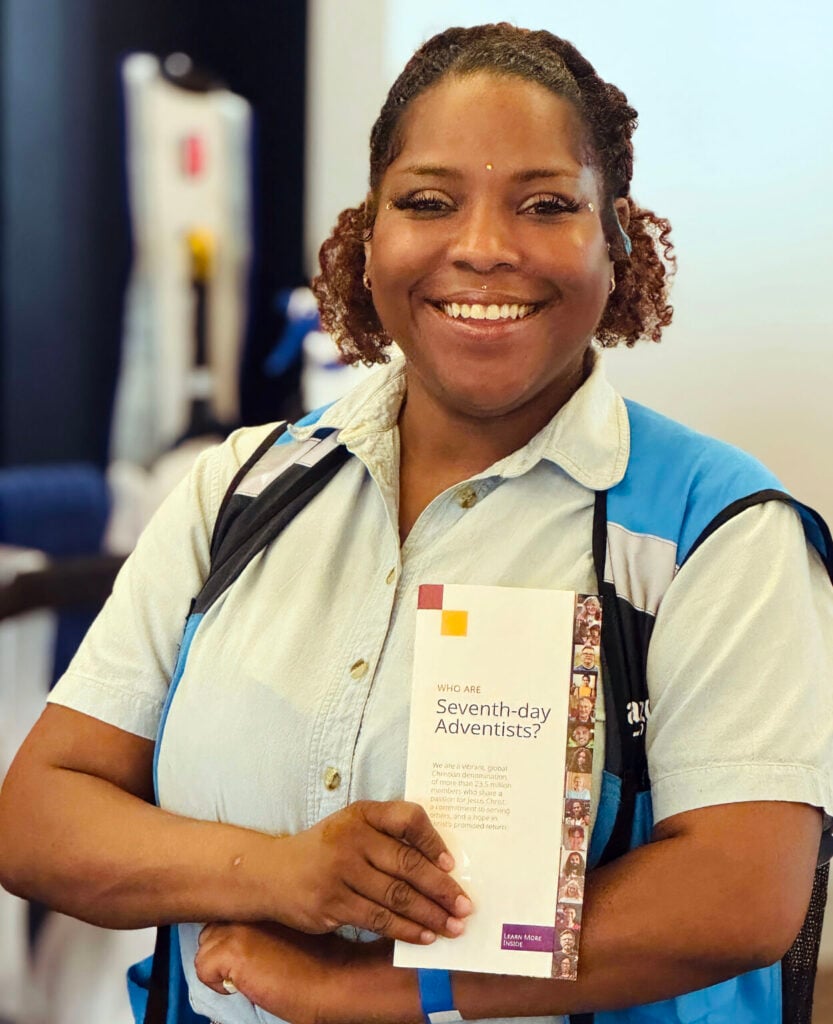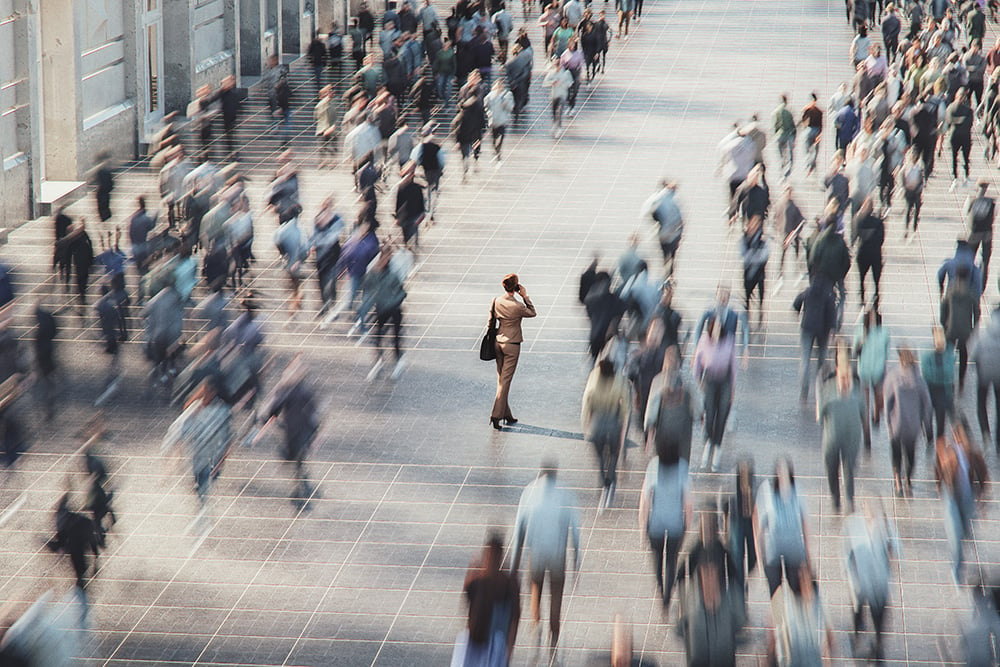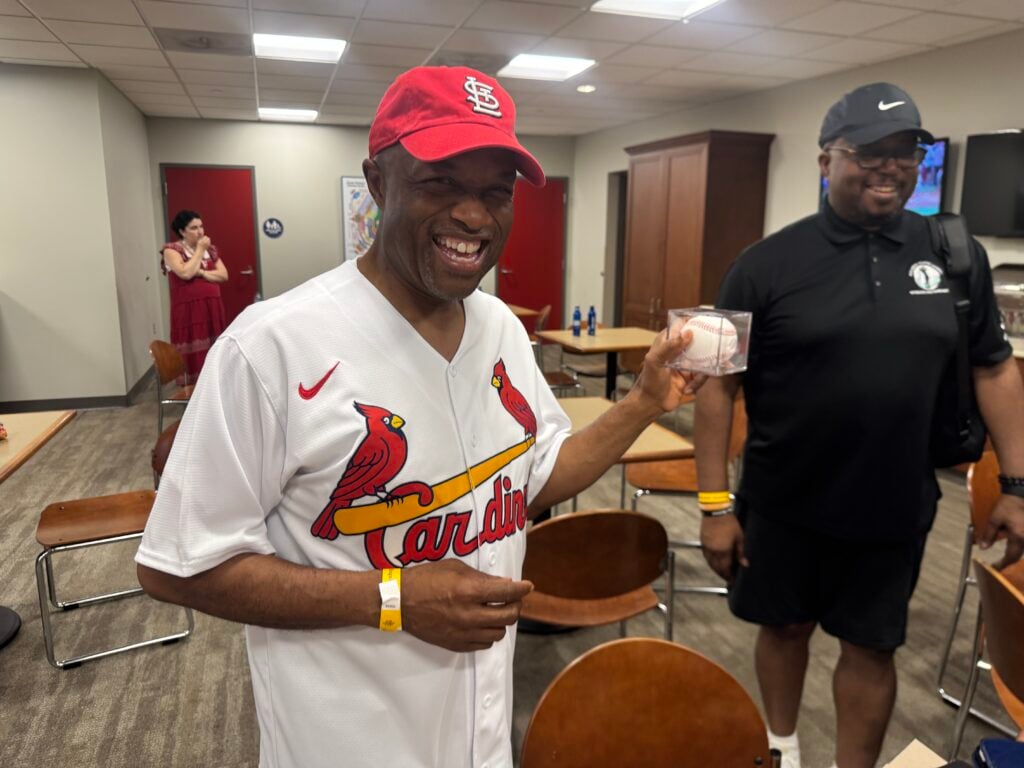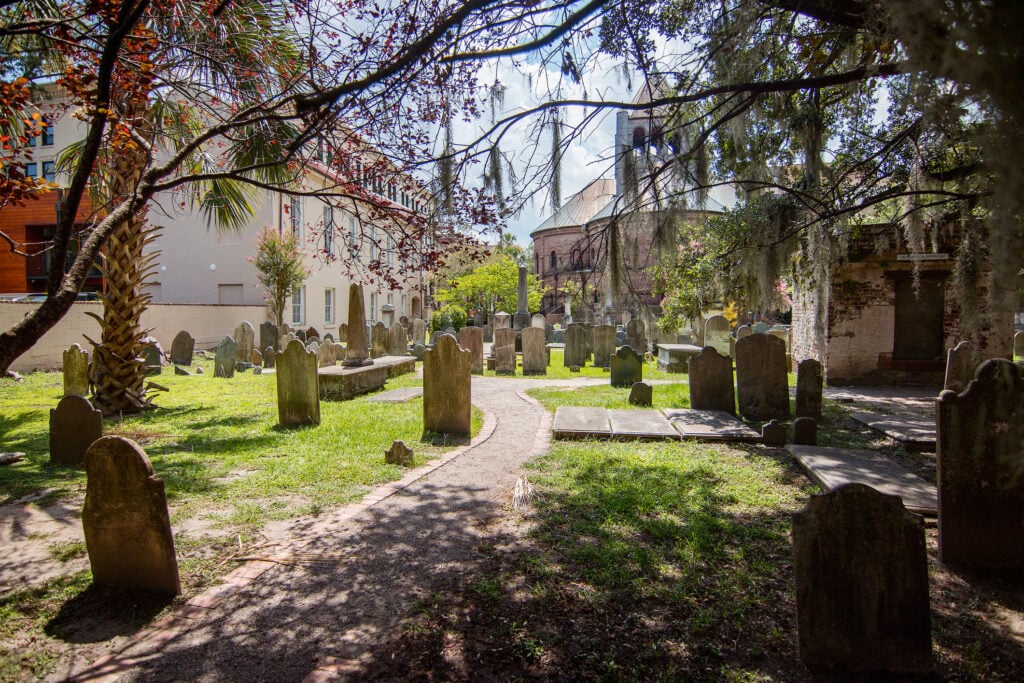Creation Sabbath is Oct. 28, 2017, and the Geoscience Research Institute (GRI) has released a documentary about Isabel de Moraes’ research, life, and faith. How did this remarkable woman become one of the leading scientists living today? What challenges did she have to overcome? Why does she work inside a huge synchrotron facility on a former Royal Air Force base just outside of Oxford, England? How has her scientific education and research influenced her faith in the Creator God of the Bible? And how has her faith influenced her science? These questions and more are answered in the film, which is available for viewing free at http://grisda.org/resources1/audio-visual-media/video-series-seeking-understanding/. [Click here to watch on Vimeo.]
Moraes is a leading scientist in the discipline of x-ray crystallography. This science uses x-rays to image the three-dimensional structure of proteins. But she doesn’t work with just any proteins, she works with proteins found embedded in cell membranes. According to scientists, these are among the most important molecules in biology. Many drugs work by binding to membrane proteins and they are essential for the normal functions of cells, particularly in humans. But they are also extraordinarily difficult to work with. “This puts Dr. Moraes’s work on the extreme and fascinating cutting edge of science today,” says Timothy Standish, producer of the “Seeking Understanding” series and a senior scientist at the Geoscience Research Institute.
This film about Moraes is the fourth in a series called “Seeking Understanding” that explores the lives, research, and faith of scientists. “Seeking Understanding” also addresses the myth that all scientists follow a strictly materialistic philosophy that denies the action of God in the past or present. Many of the most productive and brilliant scientists find that their research into how nature works reveals the brilliance of the Creator of the universe and life. What we see in nature makes sense in light of the Bible’s teaching that God, who is the same yesterday, today and forever (Heb. 13:8), also sustains the universe (Col. 1:16,17).
“I’m not sure which I find more intriguing when making these documentaries,” says Standish. “As a scientist myself, I’m naturally drawn to the scientific discoveries of those whom we profile, but then the personal stories are mesmerizing. It turns out that scientists are human and the events and challenges they have faced in life can be remarkable. The way God has led in the lives of those we profile and how they have been brought to Christ in sometimes remarkable ways, adds a layer of meaning that transcends a dry litany of dates, experiments and results. For me, producing this series has made science and scientists come alive in a whole new way.”
The Isabel de Moraes episode of “Seeking Understanding” has been released the week before Creation Sabbath, which falls on Oct. 28. This 25-minute film is an excellent companion to the 5-minute 2017 Creation Sabbath film, “The Hole,” which can be streamed or downloaded from http://grisda.org/home/events/the-hole/.
Other films in the “Seeking Understanding” series can be viewed at: http://grisda.org/resources1/audio-visual-media/video-series-seeking-understanding/
Click here for more information about Creation Sabbath.
— Article provided by the Geoscience Research Institute, which is located in Loma Linda, California.




